
Origin/Endemic status: Native
Taxonomy Comments: Fryxell (1985) commented that this species is so different from the rest of the genus [Sida] that "one might plausibly argue that it be elevated to generic rank". A molecular phylogenetic analysis suggested that its affinities are not with Sida, but with the South American Sidasodes (Fuertes, Fryxell, & Jansen 2003). Weakley & Poindexter (2017) finally validated what has been apparent for decades: this is an isolated taxon, warranting recognition as a monospecific genus. Spooner et al. (1985) provided a detailed review of the species.
Synonymy: = K4, Weakley & Poindexter (2017) in Weakley et al (2017); = Sida hermaphrodita (L.) Rusby – C, F, FNA6, G, K1, K3, K4, Mi, NE, Pa, S, S13, Tat, Va, W, WV, Fryxell (1985)
Wetland Indicator Status:
- Atlantic and Gulf Coastal Plain: UPL (name change)
- Eastern Mountains and Piedmont: FAC (name change)
- Midwest: FACU (name change)
- Northcentral & Northeast: FACU (name change)
Heliophily: 7
Hover over a shape, letter, icon, or arrow on the map for definition or see the legend.
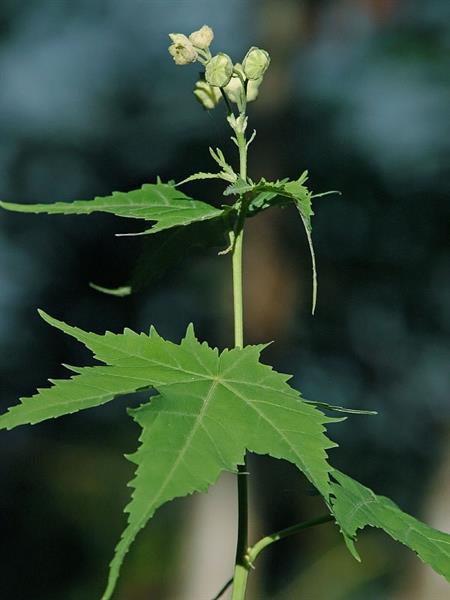 © Gary P. Fleming | Original Image ⭷
© Gary P. Fleming | Original Image ⭷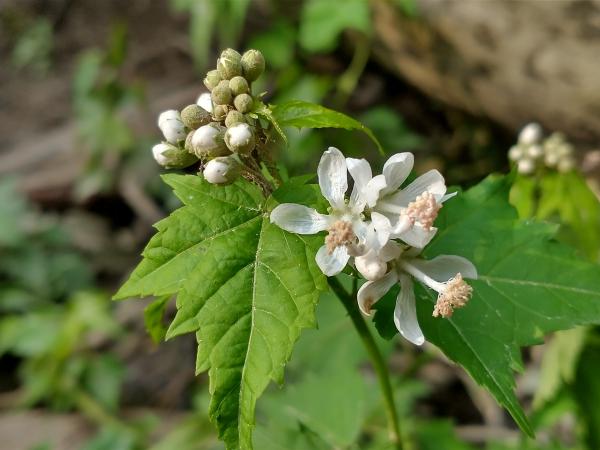 © Nate Hartley, some rights reserved (CC BY-NC), uploaded by Nate Hartley source CC-BY-NC, permission granted to NCBG | Original Image ⭷
© Nate Hartley, some rights reserved (CC BY-NC), uploaded by Nate Hartley source CC-BY-NC, permission granted to NCBG | Original Image ⭷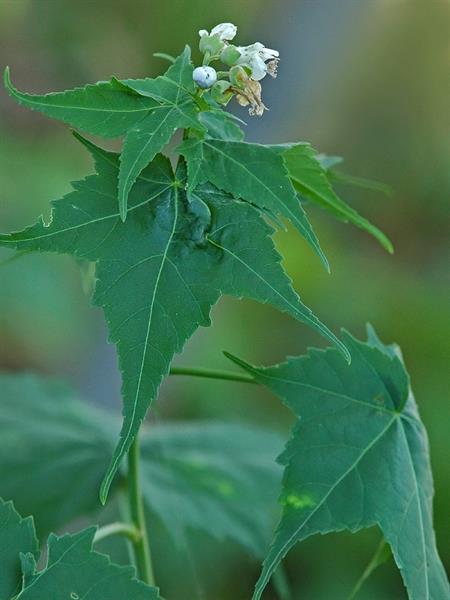 © Gary P. Fleming | Original Image ⭷
© Gary P. Fleming | Original Image ⭷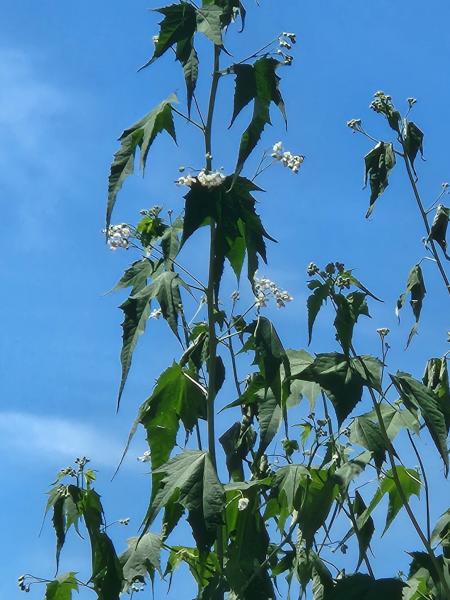 © Shaun Pogacnik, some rights reserved (CC BY-NC), uploaded by Shaun Pogacnik source CC-BY-NC, permission granted to NCBG | Original Image ⭷
© Shaun Pogacnik, some rights reserved (CC BY-NC), uploaded by Shaun Pogacnik source CC-BY-NC, permission granted to NCBG | Original Image ⭷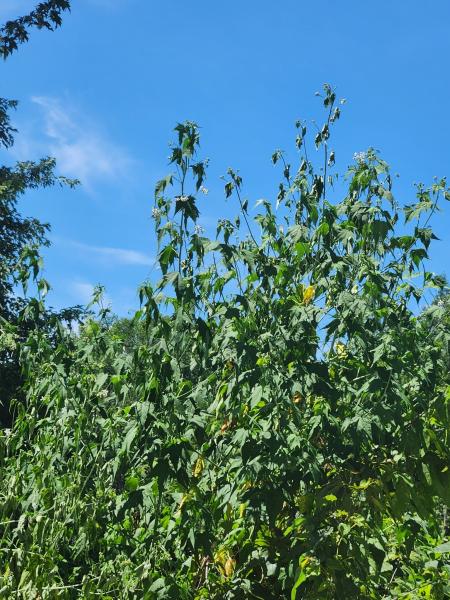 © Shaun Pogacnik, some rights reserved (CC BY-NC), uploaded by Shaun Pogacnik source CC-BY-NC, permission granted to NCBG | Original Image ⭷
© Shaun Pogacnik, some rights reserved (CC BY-NC), uploaded by Shaun Pogacnik source CC-BY-NC, permission granted to NCBG | Original Image ⭷Feedback
See something wrong or missing on about Ripariosida hermaphrodita? Let us know here: (Please include your name and email if at all complicated so we can clarify if needed.)
Cite as...